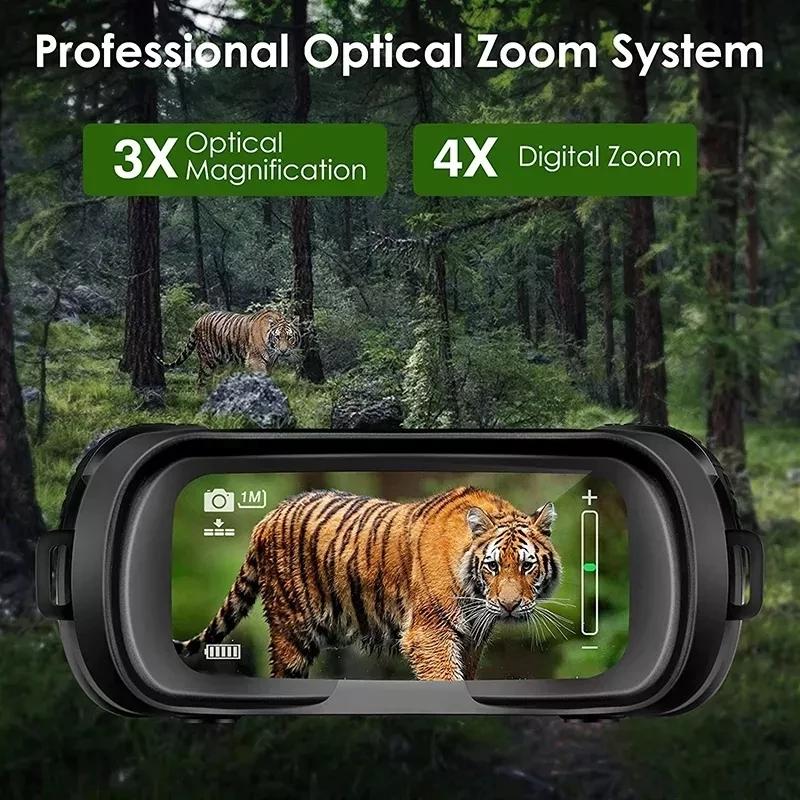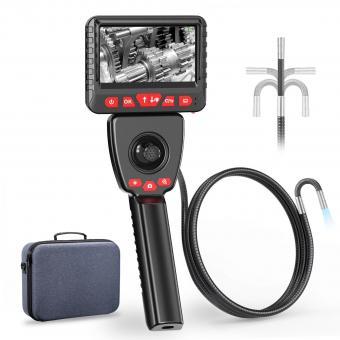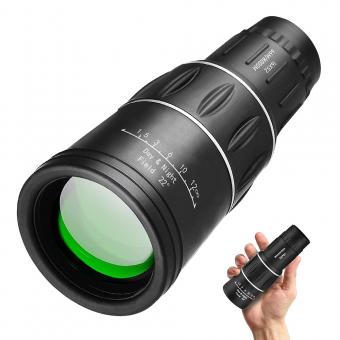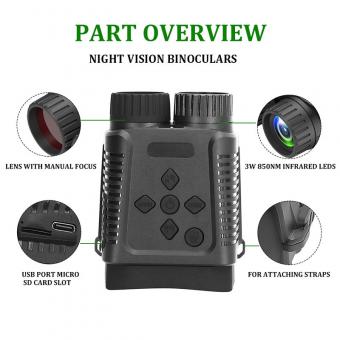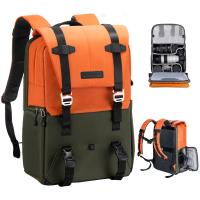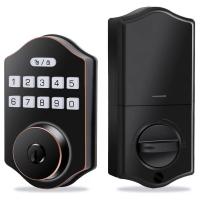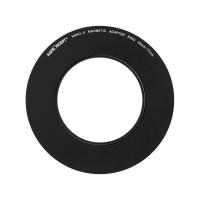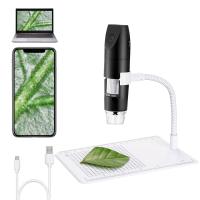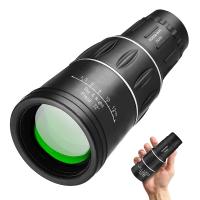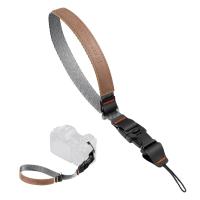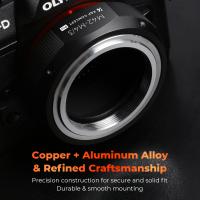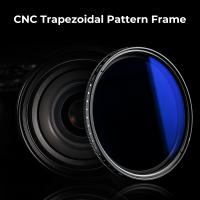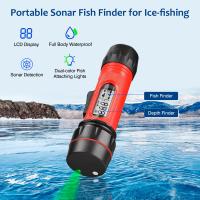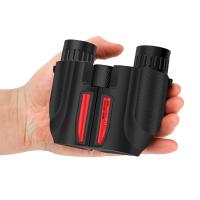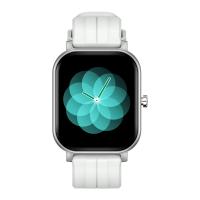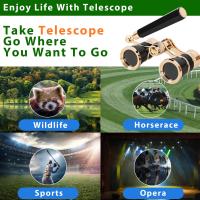Which Binoculars Are Best For Long Distance Viewing ?
There are several binoculars that are considered to be best for long distance viewing. Some popular options include the Nikon Monarch 7, Zeiss Conquest HD, and Vortex Viper HD. These binoculars are known for their high-quality optics, which provide clear and sharp images even at long distances. They also have a wide field of view, allowing you to easily track moving objects. Additionally, they are often praised for their durability and ergonomic design, making them comfortable to use for extended periods of time. Ultimately, the best binoculars for long distance viewing will depend on your specific needs and preferences, so it is recommended to try out different models and compare their features before making a decision.
1、 Magnification Power
When it comes to long distance viewing, choosing the right binoculars with the appropriate magnification power is crucial. The magnification power determines how much closer the object will appear compared to the naked eye. However, it is important to strike a balance between magnification and other factors such as field of view, image stability, and brightness.
For long distance viewing, binoculars with a magnification power of 10x or higher are generally recommended. This level of magnification allows you to observe distant objects with greater detail and clarity. However, it is worth noting that higher magnification also results in a narrower field of view, making it more challenging to locate and track moving objects.
In recent years, there has been a growing trend towards binoculars with higher magnification power, such as 12x or even 15x. These binoculars offer an even closer view of distant objects, allowing for more detailed observations. However, it is important to consider the trade-offs. Higher magnification can make the image shakier, especially when hand-held, and can also reduce the brightness of the image.
To mitigate these issues, manufacturers have been incorporating image stabilization technology into binoculars. This technology helps to stabilize the image, reducing the shakiness caused by higher magnification. Additionally, advancements in lens coatings and prism designs have improved the brightness and clarity of the image, even at higher magnification levels.
Ultimately, the best binoculars for long distance viewing will depend on individual preferences and specific use cases. It is recommended to try out different models and magnification powers to find the right balance between magnification, image stability, and brightness that suits your needs.
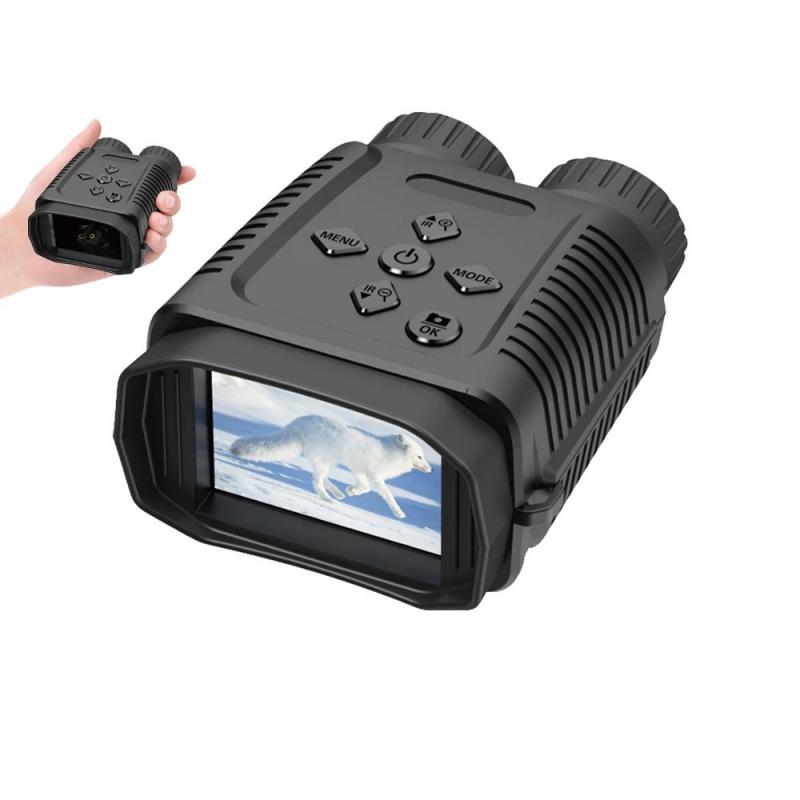
2、 Objective Lens Diameter
When it comes to long distance viewing, the objective lens diameter is an important factor to consider when choosing binoculars. The objective lens diameter refers to the size of the front lenses of the binoculars, typically measured in millimeters. A larger objective lens diameter allows more light to enter the binoculars, resulting in brighter and clearer images, especially in low light conditions.
For long distance viewing, binoculars with a larger objective lens diameter are generally recommended. This is because they gather more light, which enhances the image quality and allows for better visibility of distant objects. Binoculars with objective lens diameters of 42mm or larger are often considered ideal for long distance viewing.
However, it is important to note that the choice of binoculars ultimately depends on individual preferences and specific requirements. Factors such as weight, portability, and intended use should also be taken into consideration. For example, if you plan on carrying the binoculars for extended periods or for outdoor activities, you may prefer a more compact and lightweight option with a slightly smaller objective lens diameter.
It is also worth mentioning that advancements in lens technology have led to improvements in image quality even with smaller objective lens diameters. Some manufacturers now offer binoculars with smaller objective lens diameters that still provide excellent long distance viewing capabilities. Therefore, it is advisable to consider the latest models and read reviews to get a better understanding of the performance and suitability of different binoculars for long distance viewing.
In conclusion, binoculars with a larger objective lens diameter, typically 42mm or larger, are generally recommended for long distance viewing. However, individual preferences, intended use, and advancements in lens technology should also be taken into account when making a decision.
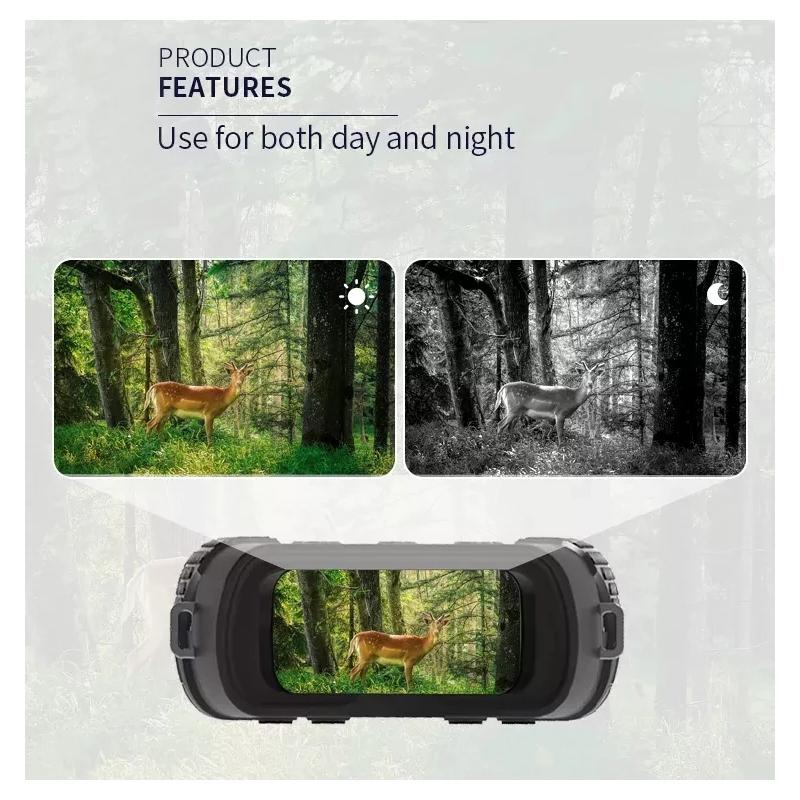
3、 Field of View
When it comes to long distance viewing, binoculars with a wide field of view are essential. A wider field of view allows you to see a larger area at once, making it easier to track moving objects or scan a vast landscape. While there are several factors to consider when choosing binoculars for long distance viewing, the field of view is one of the most important.
Currently, there are several binoculars on the market that offer excellent field of view for long distance viewing. One popular option is the Swarovski EL Range binoculars. These binoculars provide a wide field of view, allowing you to observe distant objects with clarity and detail. They also feature high-quality optics and image stabilization technology, ensuring a steady and clear view even at long distances.
Another top contender is the Zeiss Victory SF binoculars. These binoculars offer an impressive field of view, allowing you to take in a wide expanse of scenery. They are known for their exceptional image quality and comfortable ergonomic design, making them a popular choice among birdwatchers and nature enthusiasts.
It's worth noting that the field of view can vary depending on the specific model and magnification power of the binoculars. Generally, lower magnification binoculars tend to have a wider field of view compared to higher magnification ones. However, advancements in technology have allowed manufacturers to produce binoculars with both high magnification and wide field of view.
Ultimately, the best binoculars for long distance viewing with a wide field of view will depend on your specific needs and preferences. It's recommended to try out different models and brands to find the one that suits you best. Additionally, staying up to date with the latest reviews and advancements in binocular technology can provide valuable insights into the current market offerings.
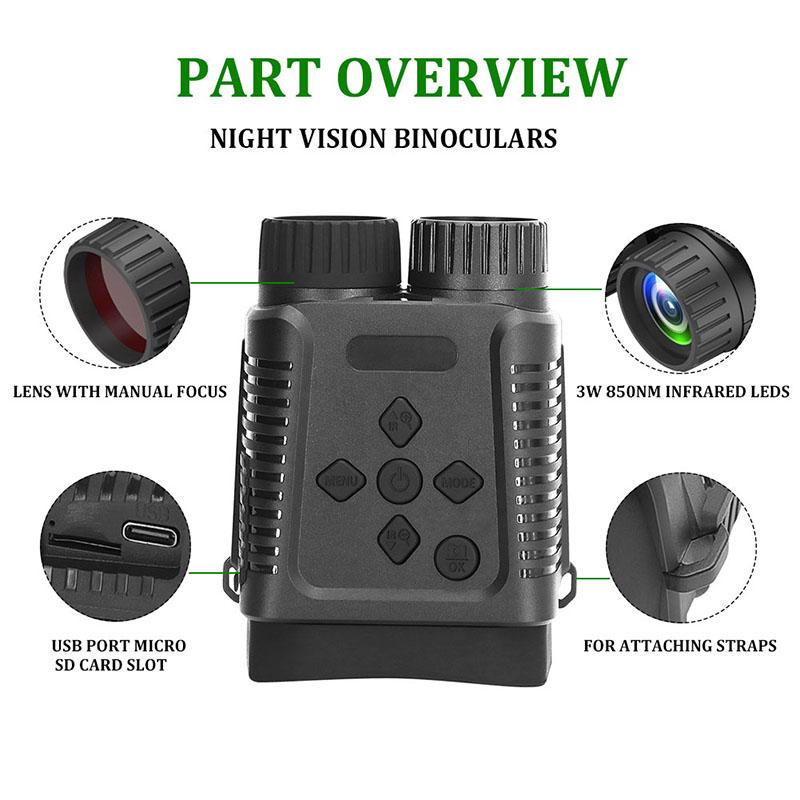
4、 Lens Coating
When it comes to long distance viewing, the choice of binoculars becomes crucial. One important factor to consider is the lens coating, as it greatly affects the quality of the image and the overall viewing experience.
Lens coating refers to the thin layers of chemicals applied to the glass surfaces of binoculars' lenses. These coatings serve multiple purposes, including reducing glare, increasing light transmission, and improving image clarity and contrast. The type and quality of lens coating can vary among different binocular models and brands.
Currently, the most advanced and widely used lens coating technology is known as fully multi-coated (FMC). This means that all air-to-glass surfaces of the lenses are coated with multiple layers of anti-reflective coatings. FMC coatings significantly enhance light transmission, resulting in brighter and clearer images, especially in low-light conditions. They also minimize glare and improve color fidelity, allowing for a more immersive viewing experience.
It is worth noting that some manufacturers may use proprietary lens coating technologies, such as Nikon's Phase Correction Coating or Zeiss' T* coating. These coatings are designed to further enhance image quality by reducing chromatic aberration and improving resolution and contrast.
When selecting binoculars for long distance viewing, it is advisable to opt for models with FMC or similar advanced lens coatings. These coatings ensure optimal light transmission and image quality, allowing for a more detailed and enjoyable viewing experience. Additionally, it is recommended to read reviews and seek expert opinions to find the best binoculars for your specific long distance viewing needs.
